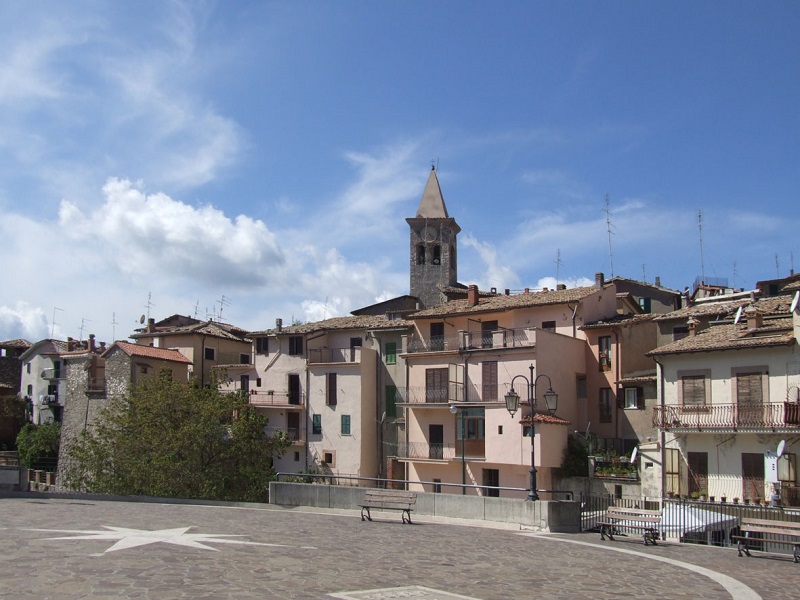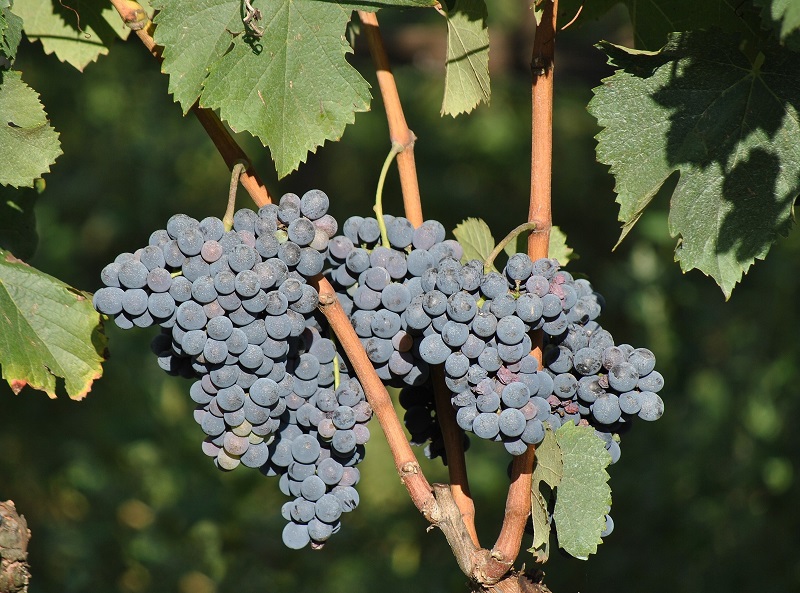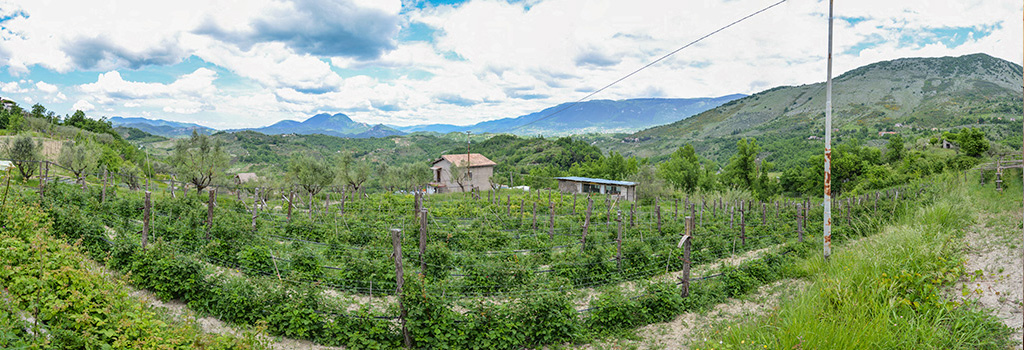Affile stands on a tuff hill 684 metres above sea level, a few kilometres from the Simbruini Mountains and the Aniene Valley.

The Square of Affile
Inhabited by the pre-Roman Ernici civilization, and then colonized by the Romans, the village preserves, in its historic centre, significant traces of the past, such as an impressive range of architecture from medieval buildings and the Roman remains of the polygonal walls and the cistern, covered by a barrel vault.
Affile retains evidence of San Benedetto da Norcia moving here from Rome in 497 A.D., in search of solitude and concentration. Near the cemetery, we will find the small Church of San Pietro, probably from the early Christian era and restored several times over the years, which preserves faded frescoes depicting scenes from the Saint’s life.
Walking through the alleys of the village, flanked by tuff houses and portals, visitors will immerse themselves in history. The surrounding nature also offers the possibility to experience unique adventures. Lovers of high-altitude excursions absolutely must undertake a tour along the Sentiero della Croce, which leads to the Monte della Croce, known as Monte Affiliano, at 1150 metres above sea level. Enthusiasts of nature, on the other hand, can walk further downstream to discover the Grotte di Pertuso, a fascinating, long and natural underground tunnel, which changes depending on the season.

Cesanese Grape from Affile
Affile countryside is very rich in vineyards. The peculiarities of its territory and microclimate have favoured the cultivation of the local red grape variety Cesanese di Affile, which, fully pressed, produces the excellent Cesanese di Affile DOC wine. Over the centuries, the vine, already appreciated by the Romans and later by nobles and prelates, has spread to nearby areas.

The crops of Cesanese di Affile – photo by comune.affile.it
Affile is the first town along the Cesanese wine route, between the provinces of Rome and Frosinone. The cultivation of vines along the centuries is testified by its heraldic coat of arms, which portrays a vine shoot with black bunches of grapes, and an asp twisted around the trunk.
